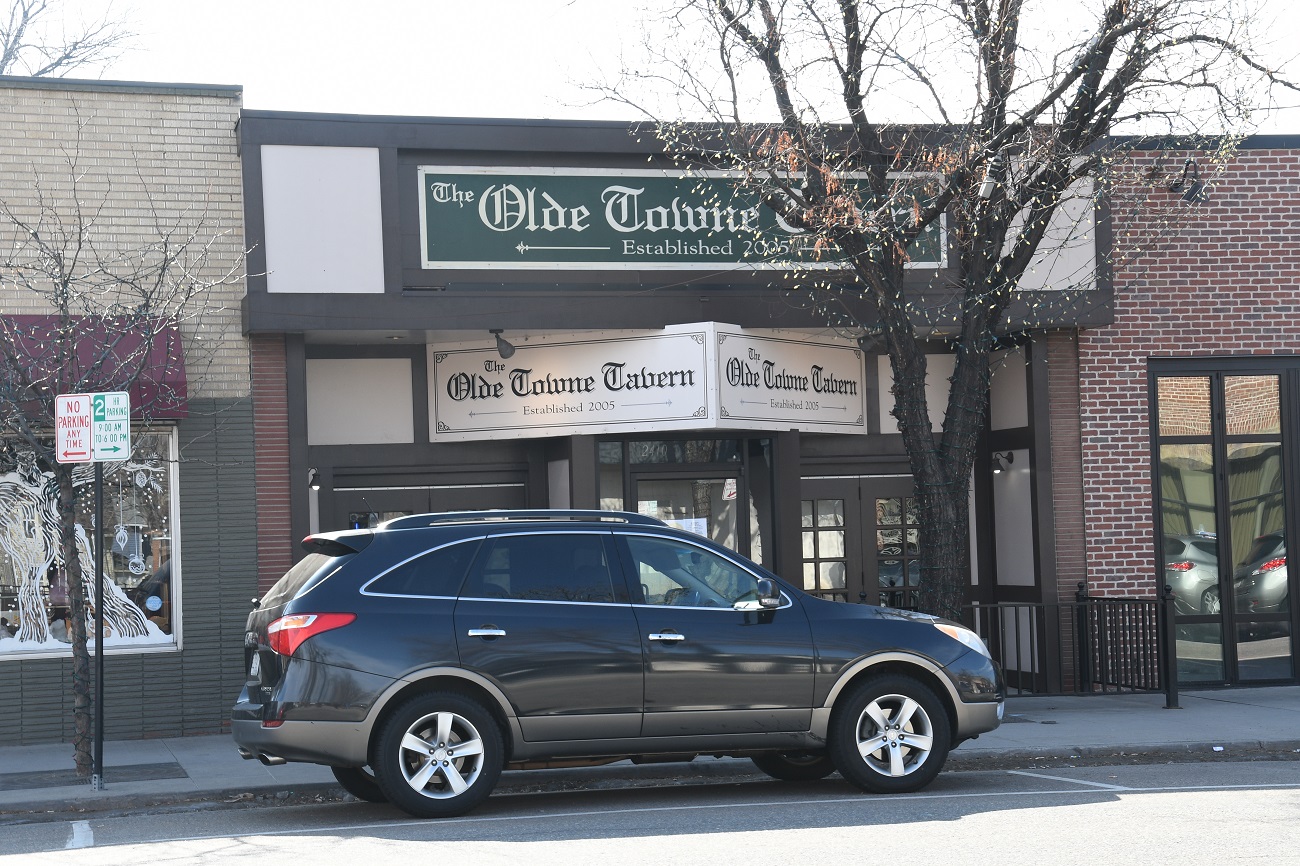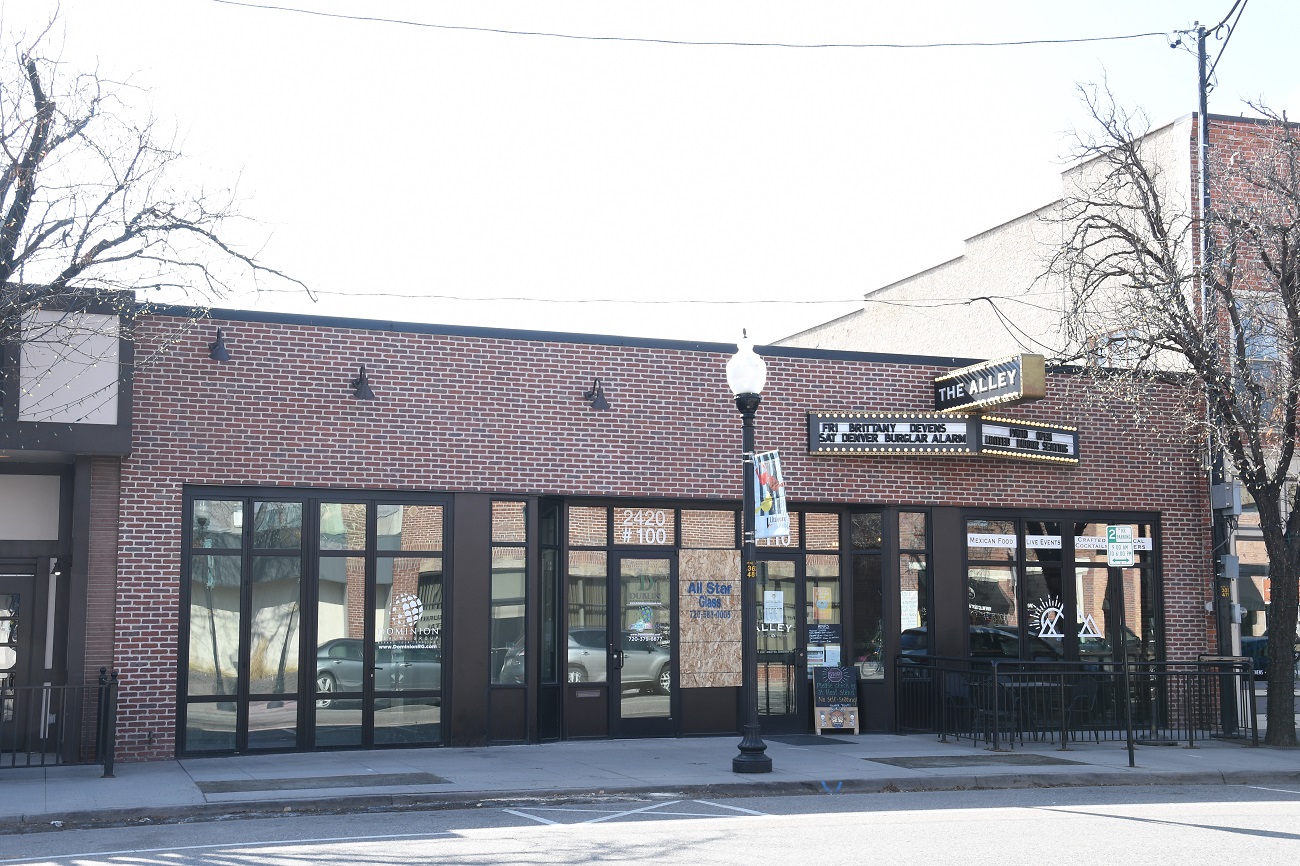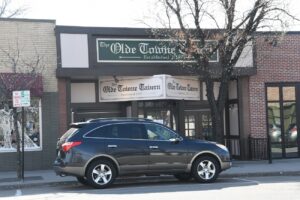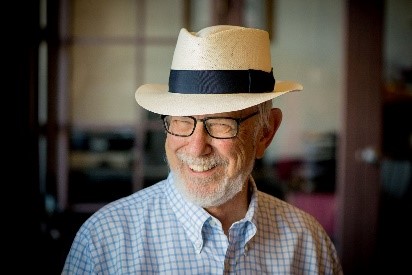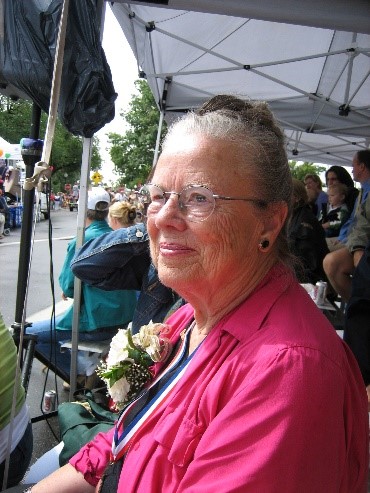Samuel Thaddeus Culp, also known as S.T., Culp, built a brick complex of stores in Downtown Littleton in 1891–1892. Known as the Culp Block, the complex stretched from Prince Street along the south side of Main Street almost to mid-block. When S.T. bought the property from F.W. Ostrander, he declared his intention of building five storefronts.
One of Culp Block’s first occupants was O.M. Hurst. According to a newspaper announcement, he opened a furniture, crockery, carpet, and undertaking establishment on May 1, 1892. In March 1893, Bob Nelson took note of the current popularity of bicycling, rented a room formerly occupied by a restaurant, and put in a stock of bicycles and bicycle supplies. By April 1895, Nelson’s advertisement in the Littleton Independent described his shop as “The Wheelmen’s Headquarters.” Nelson’s Culp Block store also carried tobacco, confectionery, sporting goods, and soft drinks of all kinds. Other stores occupying the Culp Block over the years included grocery stores, a meat market, boot and shoe stores, millinery shops, and jewelry stores.
On Sept. 22, 1915, the first movie theater in Littleton opened in the Culp Block. The Lux Theater showed three silent films each week and the first talkie in 1928. In 1939, a new theater called the Grand opened. By 1953, the Grand was remodeled and renamed the Vogue Theater.
In the 40 years S.T. Culp lived in Littleton, he was active in business and civic affairs. Historians believe he eventually owned 13 stores on Main Street, including some on the north side of the street, opposite his original Culp Block. At his death, the newspaper editor said, “He had engaged in many political and business skirmishes in Littleton, and he was always outspoken with his praise or criticisms.” Some would consider him opinionated. When annoyed, he never hesitated to take pen in hand to dispatch a letter to the newspaper, which he expected to be printed word for word.
The Culp Block has undergone many major changes over time. Ulva Clair Thomas had a real estate office in the east corner unit in the early 1950s. In 1954, Ulva tore down that unit and built the modern Thomas Building.
The Family Bar and Restaurant occupied the eastern portion of Culp Block for several decades beginning in 1959; the space is now the Olde Town Tavern. This building’s façade was restored in 2003.
Jose’s Restaurant was established in 1966 in the back of the Family Bar, and moved to the western Culp Block in 1976. Owned by Jose and Phyliss Trujillo, the Mexican restaurant was the gathering place for many Littleton citizens, city leaders, and businesspeople. Jose was a civic leader, serving on the Littleton City Council and sponsoring many community events, including Western Welcome Week and the annual pancake breakfast. He remodeled the building in a of this Neo Spanish Revival and won first place in a local exterior building improvement competition. A signature feature of the interior was the elaborate Mexican theme murals on most of the walls.
The Trujillo’s retired from the restaurant business in 2014 and sold the building. In 2016, the new owner, Bristlecone Construction, rehabilitated the building, restored the façade, and created The Alley restaurant. Bristlecone Construction received Historic Littleton Inc.’s Outstanding Achievement Award in 2017 for its restoration of this important building.
The Culp Block, including the Family Bar and the Alley was incorporated into the Littleton Downtown Historic District as a contributing building on October 26, 2021.
Learn more about the Culp family here: Culp Family, littletongov.org.

